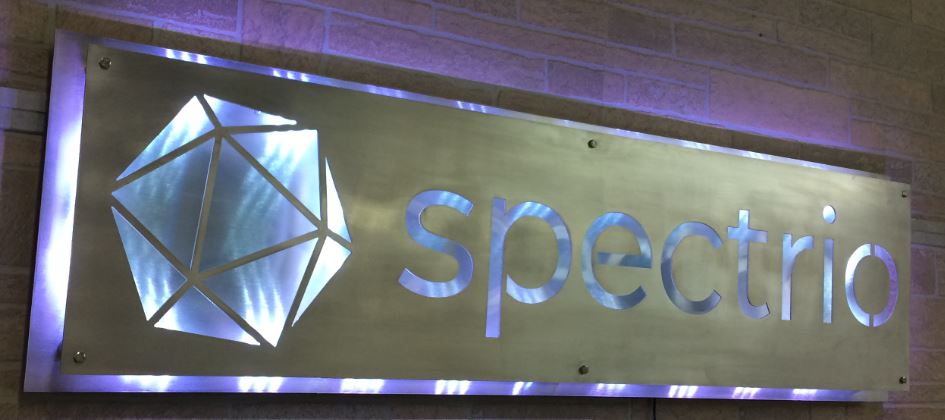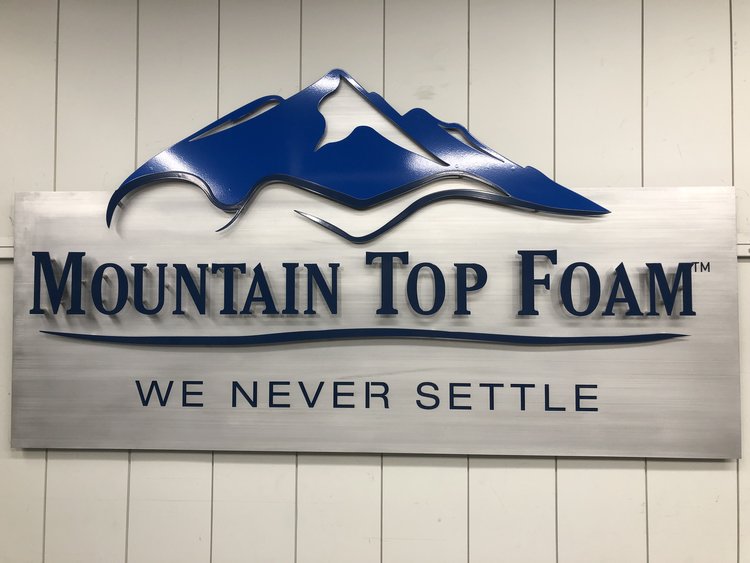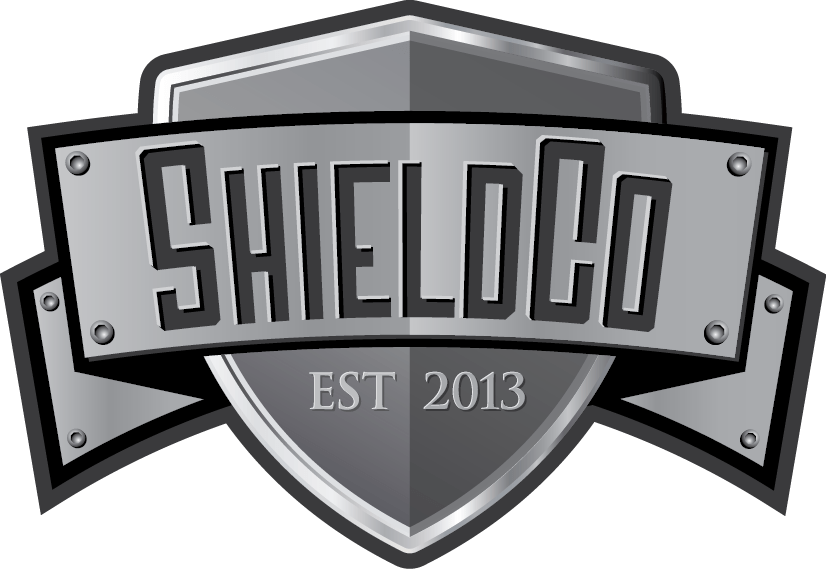Custom office signs can be an impactful way to make a favorable first impression on visitors, communicate the values of your business, and stand out from the competition. However, business leaders who are still in the design phase of their signage project will need to make an important choice: which material makes for the best sign? Stainless steel and aluminum are two top choices, and both can provide long-lasting, professional-looking custom office signs.
Factors such as durability, style, and functionality must all be considered when creating a custom office sign. As such, business owners must be well-informed on each of these to make educated decisions about their custom sign.
Here are some recommendations for choosing between stainless steel and aluminum signs for your business based on your branding needs, budget, and environment.

Understanding the Basics of Stainless Steel and Aluminum Signs
Stainless steel contains around 10% chromium, while the balance is primarily iron. This combination allows it to resist rust, corrosion, and other damage while maintaining the bright sheen that is commonly associated with stainless steel. Aluminum, by contrast, is a pure metal. As the most common element in the crust of the earth, aluminum is easily accessible, which is reflected by the less expensive price.
Both of these options can be a great choice for custom office signs, offering durability, resistance to wear over time, and aesthetic benefits that make them impactful installations in any office. However, it is important to understand both the advantages and disadvantages of these materials.
Advantages of Stainless Steel for Custom Office Signs
When it comes to sleek, high-end signage, stainless steel is often the preferred choice for business environments. Its heavier weight and premium feel are ideal for professional branding and can convey a sense of dedication and attention to detail. Because stainless steel resists rust and other damage, it is a long-lasting option that can even withstand harsh conditions such as outdoor use.
Advantages of Aluminum for Custom Office Signs
Unlike stainless steel, aluminum is lightweight in nature, making it among the easiest types of signage to install. This light weight also makes it versatile, since it can be placed in locations that may not be able to support a heavier stainless steel installation. Because aluminum is such a common element, it is cost-effective without compromising on durability. It, too, is rust-resistant, which allows it to be used both indoors and outdoors.
Key Differences Between Stainless Steel and Aluminum Signs
Three main areas in which stainless steel and aluminum signs differ are:
- Appearance – Stainless steel tends to excel as a polished metal, while aluminum is usually brushed.
- Attributes – Stainless steel is heavier, which tends to make it more difficult to install.
- Upkeep – Both aluminum and steel can last for a long time, but stainless steel is often regarded as more durable. Aluminum resists rust, but it can corrode if the sign is used outdoors and exposed to salt, which may occur in colder climates that use road salt.
Factors to Consider When Choosing Between Steel and Aluminum
In addition to the attributes of the metal itself, business managers should also consider a few other factors when selecting the right sign for their needs:
- Budget – How much can the business allocate to the sign project, including installation?
- Location – Where will the sign be displayed, and will it be a permanent fixture?
- Space – How big is the ideal installation space, and how big is the vision for the sign? Do these align?
- Environment – What factors influence the location of the sign? Is it humid, exposed to sunlight, or something else?
- Identity – What brand identity does the business embrace, and which material best suits that image?
Real-Life Applications for Each Material
Businesses have several decisions to make when selecting their signage. And, although every office style is different, stainless steel is most frequently chosen for spaces such as luxury offices, corporate lobbies, and showrooms where sleek, premium materials make an immediate impression.
However, aluminum is a great choice made by many as it is accessible for companies of any size. It’s versatility makes it common in startups, creative workspaces, or areas requiring frequent sign updates.

Get the Right Sign for Your Business
Choosing between stainless steel and aluminum signs depends on what your office needs to meet branding goals and budget. Whether you’re looking for the sleek sophistication of stainless steel or the versatility and affordability of aluminum, both materials can create stunning custom office signs that reflect your company’s personality. Contact ShieldCo Art today to craft high-quality, professional signs customized for your workspace.
